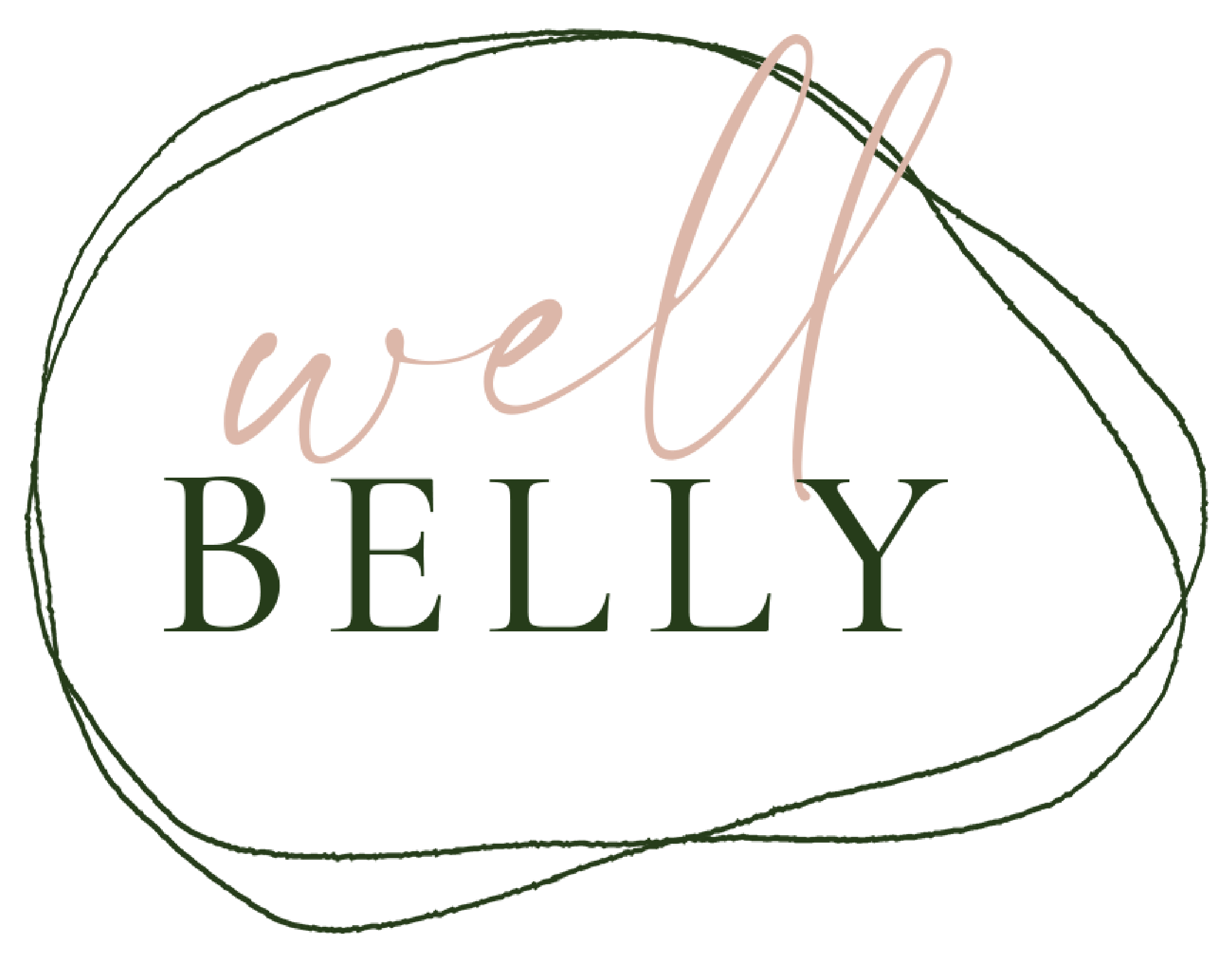The Essential Guide to Liver Flushes
The liver plays a crucial role in detoxifying the body, processing nutrients, and producing bile to aid digestion. When the liver becomes sluggish or overburdened, it can lead to a range of symptoms that may signal the need for a liver flush.
A liver flush is a detoxification protocol designed to cleanse the liver and gallbladder by stimulating the release of bile and the expulsion of toxins and gallstones. The process typically involves fasting, consuming specific oils and juices, and sometimes using supplements or herbs to support liver function. The goal is to clear the liver and gallbladder of any congestion, which can improve overall health and digestion.
A liver flush may be beneficial for individuals experiencing symptoms that indicate liver or gallbladder congestion. These symptoms can include:
Digestive Issues: Bloating, constipation, diarrhoea, or difficulty digesting fats can be signs that the liver or gallbladder is not functioning optimally.
Skin Problems: Acne, eczema, or unexplained rashes may be linked to a sluggish liver.
Fatigue: Persistent tiredness, especially after eating, could indicate that your liver is struggling to keep up with detoxification.
Hormonal Imbalances: The liver plays a key role in metabolising hormones, so imbalances such as PMS, irregular periods, or mood swings may suggest a need for liver support.
Weight Struggles: Difficulty losing weight or unexplained weight gain can sometimes be related to liver function.
Headaches or Migraines: Frequent headaches, especially those that are triggered by certain foods or occur after eating, may be linked to liver health.
Bad Breath or Body Odour: Persistent bad breath or strong body odour can indicate that your liver is not effectively detoxifying your body.
A liver flush is not a quick fix; it’s a process that requires preparation, commitment, and, in some cases, several rounds to achieve the desired results. Here’s what you can expect:
Preparation: Before starting a liver flush, it’s crucial to prepare your body. This might involve dietary changes, such as increasing your intake of liver-supportive foods (like leafy greens, beetroots, and healthy fats), drinking plenty of water, and potentially taking supplements to soften any gallstones. Your practitioner will guide you on the best way to prepare based on your individual needs.
The Flush: The flush itself usually involves fasting or eating a light diet for a day or two, followed by the consumption of specific oils and citrus juices to stimulate bile flow. Some protocols also include Epsom salts or herbal teas to encourage the release of toxins and gallstones.
The Aftermath: After the flush, it’s common to experience some digestive upset, such as diarrhoea or cramping, as your body expels toxins and gallstones. This is usually short-lived, and many people report feeling lighter and more energetic afterwards. It’s essential to follow your practitioner’s guidance during this time to support your body’s recovery.
Follow-Up: Depending on your symptoms and how your body responds to the flush, you may need to repeat the process several times. Your practitioner will help you determine the best schedule for additional flushes and any ongoing liver support that may be necessary.
While a liver flush can be a powerful tool for improving health, it’s not something to undertake lightly. There are potential risks, such as the dislodging of large gallstones, which can cause pain or complications. Additionally, the process can be taxing on the body, especially if it’s not properly prepared. This is why it’s vital to do a liver flush under the supervision of a qualified practitioner who can assess your individual needs, guide you through the preparation and flush, and provide support during the recovery process.
A liver flush can be a valuable tool for those experiencing symptoms of liver congestion, but it’s not a one-size-fits-all solution. If you’re considering a liver flush, consult with a qualified practitioner who can assess your health, guide you through the process, and ensure you get the best possible results. With the right preparation and support, a liver flush can be a rejuvenating experience that helps you feel lighter, more energetic, and in better overall health.

